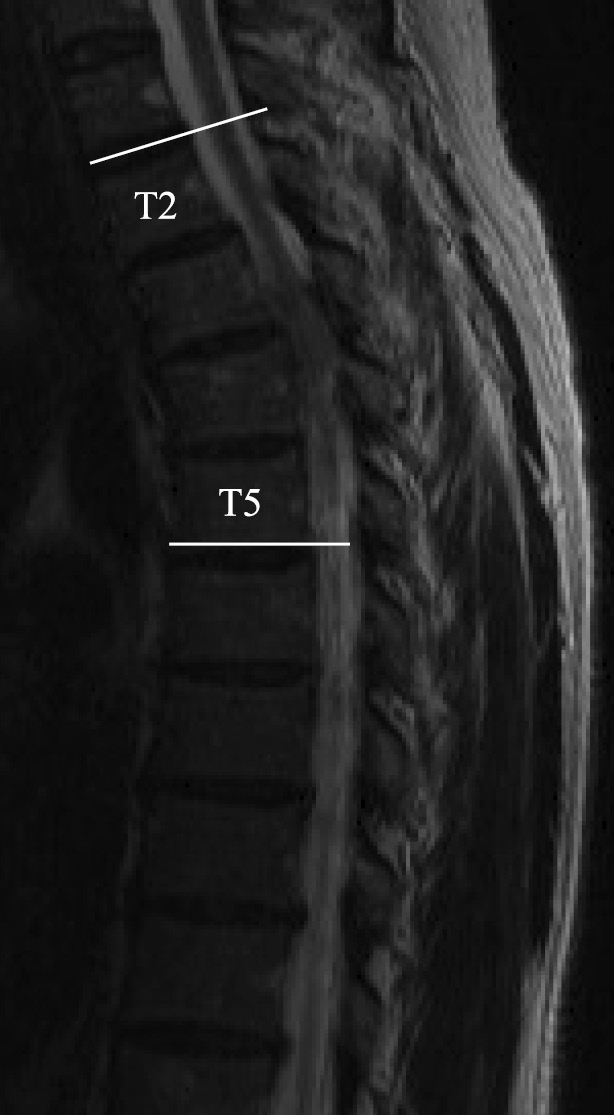Volume 6, Issue 1
Displaying 1-14 of 14 articles from this issue
- |<
- <
- 1
- >
- >|
REVIEW ARTICLE
-
2022Volume 6Issue 1 Pages 1-9
Published: January 27, 2022
Released on J-STAGE: January 27, 2022
Advance online publication: June 11, 2021Download PDF (845K)
ORIGINAL ARTICLE
-
2022Volume 6Issue 1 Pages 10-16
Published: January 27, 2022
Released on J-STAGE: January 27, 2022
Advance online publication: June 11, 2021Download PDF (132K) -
2022Volume 6Issue 1 Pages 17-25
Published: January 27, 2022
Released on J-STAGE: January 27, 2022
Advance online publication: August 23, 2021Download PDF (374K) -
2022Volume 6Issue 1 Pages 26-30
Published: January 27, 2022
Released on J-STAGE: January 27, 2022
Advance online publication: June 11, 2021Download PDF (99K) -
2022Volume 6Issue 1 Pages 31-37
Published: January 27, 2022
Released on J-STAGE: January 27, 2022
Advance online publication: June 11, 2021Download PDF (657K) -
2022Volume 6Issue 1 Pages 38-44
Published: January 27, 2022
Released on J-STAGE: January 27, 2022
Advance online publication: June 11, 2021Download PDF (452K) -
2022Volume 6Issue 1 Pages 45-50
Published: January 27, 2022
Released on J-STAGE: January 27, 2022
Advance online publication: June 11, 2021Download PDF (493K) -
2022Volume 6Issue 1 Pages 51-57
Published: January 27, 2022
Released on J-STAGE: January 27, 2022
Advance online publication: June 11, 2021Download PDF (593K) -
2022Volume 6Issue 1 Pages 58-62
Published: January 27, 2022
Released on J-STAGE: January 27, 2022
Advance online publication: June 11, 2021Download PDF (124K) -
2022Volume 6Issue 1 Pages 63-70
Published: January 27, 2022
Released on J-STAGE: January 27, 2022
Advance online publication: June 30, 2021Download PDF (549K) -
2022Volume 6Issue 1 Pages 71-78
Published: January 27, 2022
Released on J-STAGE: January 27, 2022
Advance online publication: June 11, 2021Download PDF (1167K)
TECHNICAL NOTE
-
2022Volume 6Issue 1 Pages 79-85
Published: January 27, 2022
Released on J-STAGE: January 27, 2022
Advance online publication: August 23, 2021Download PDF (742K)
CLINICAL CORRESPONDENCE
-
2022Volume 6Issue 1 Pages 86-89
Published: January 27, 2022
Released on J-STAGE: January 27, 2022
Advance online publication: April 14, 2021Download PDF (1051K) -
2022Volume 6Issue 1 Pages 90-92
Published: January 27, 2022
Released on J-STAGE: January 27, 2022
Advance online publication: April 28, 2021Download PDF (826K)
- |<
- <
- 1
- >
- >|














